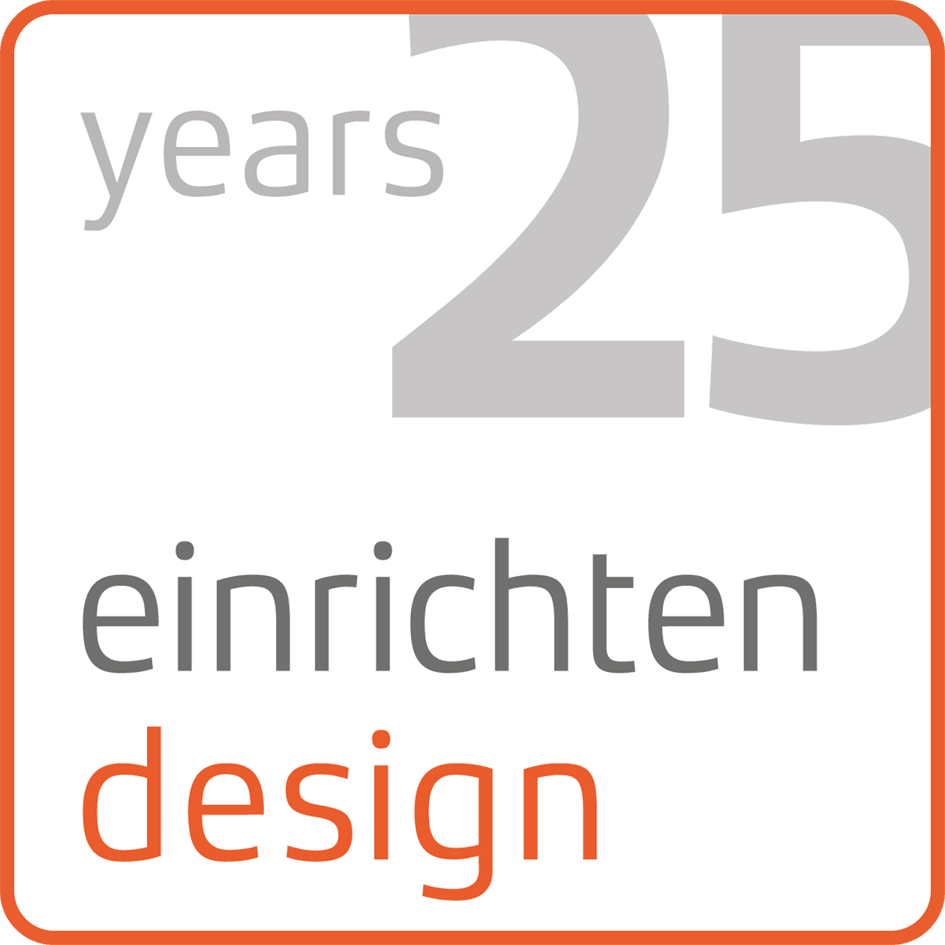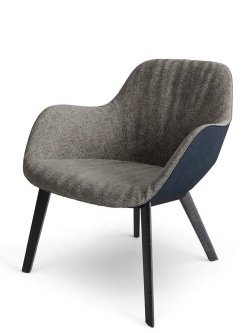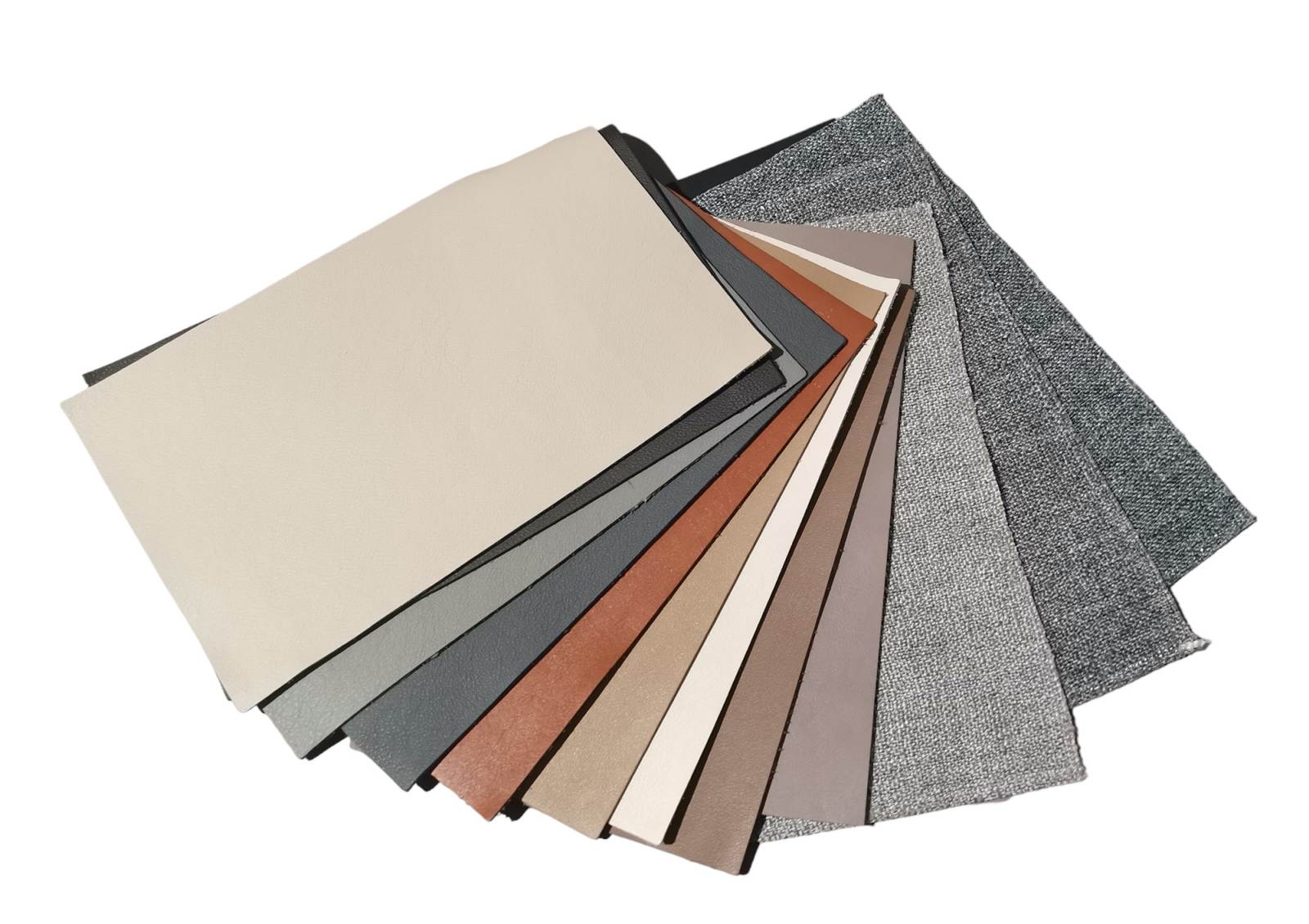Airy shell: Sheru armchair from Walter Knoll
Sheru stands for bowl in Japanese. And this is exactly what the armchair design by Studio EOOS focuses on. It was designed to be light and airy, making it barely thicker than a yoga mat. However, this does not detract from the seating comfort. Quite the opposite, because the Sheru utilises the innovative chAIR technology.
The backrest and seat have concealed openings that allow cool air to circulate freely around the body, making the chair pleasantly breathable. Integrated straps in the shape of palm leaves create a pleasantly springy, new kind of sitting sensation. This ergonomic reinterpretation ensures maximum comfort!
The elegant, minimalist design with its flowing shapes and soft edges is suitable for a wide variety of living and working spaces. Almost infinitely configurable, you can customise the Sheru armchair to suit your taste, furnishing style and purpose. What's more, the designer furniture not only impresses with its style, but also with its quality and sustainability.
Promotion: When you buy 6 chairs from the Sheru range, you will receive the 6th chair for free until 31 May 2025. Add 6 chairs of the above models to your shopping basket and receive the cheapest one free of charge.
Design poetically analysed
The Austrian design trio EOOS is the creative mastermind behind Sheru. Martin Bergmann, Gernot Bohmann and Harald Gründl met while studying together at the University of Applied Arts in Vienna. During this time, they recognised the special synergies of their work and founded their joint design studio EOOS in 1995.
When developing new products, they go their own way, which they describe as poetic analysis. The designers use the culture of human rituals to explore the meaning and function of design. They have been honoured with over 130 design awards for their work. EOOS has been working with Walter Knoll for more than 20 years. The renowned manufacturer stands for outstanding quality, craftsmanship and design of lasting value.
Material and format
The Sheru armchair from Walter Knoll is 74 cm wide, 72 cm deep and 78.5 cm high. The seat height is 42 cm, the seat depth 48 cm and the armrest height 61 cm.
The innovative chAIR technology was used for the armchair construction. The plywood seat plate contains cut-outs in which strips are arranged in the shape of palm leaves. This makes the armchair particularly breathable and comfortable.
For the 4-legged base, you can choose between polished tubular steel and oiled solid wood, combined with an aluminium frame. If you opt for the wooden frame, you can also choose from the following surface finishes: White pigmented oak, smoked oak, flamed oak and walnut with sapwood.
In the flamed oak version, the frame surface is matt powder-coated black. The other versions have a bronze-coloured matt powder-coated frame. The armrests are closed and have foam padding. The upholstery look of the armchair is "casual" (moulded foam with wadding cover).
You can choose from a variety of fabric and leather covers for the seat and backrest, which are also removable:
- Canto: 59% viscose, 24% cotton, 17% linen
- Canvas: 90% virgin wool, 10% nylon
- Gaia: 52% polyacrylic, 40% linen, 8% nylon
- Harald 2: 100% cotton
- Harald 3: 100% cotton
- Lino: 91% linen, 9% polyamide
- Lucia: 30% cotton, 28% viscose, 13% wool, 13% polyacrylic, 9% linen, 4% silk, 3% nylon
- Savannah: 44% linen, 21% cotton, 13% viscose, 11% virgin wool, 7% polyester, 4% polyacrylic
- Steelcut: 90% virgin wool, 10% nylon
- Select leather: pigmented leather
- Rodeo-Soft leather: semi-aniline leather
- Cashmere leather: refined leather
- Safari leather: refined aniline leather
- Torro leather: semi-aniline leather
- Congress leather: semi-aniline leather
- Elen leather: refined aniline leather / waxed leather
- Vintage leather: leather with vintage effect
Notes:
With the casual upholstered look, a slight rippling of the cover may occur due to the stretching of the materials during use.
Please note that the oiled solid wood feet may contain sapwood, mirror surfaces and small intergrown knots. Differences in colour and structure within a wooden leg are typical of the material.












